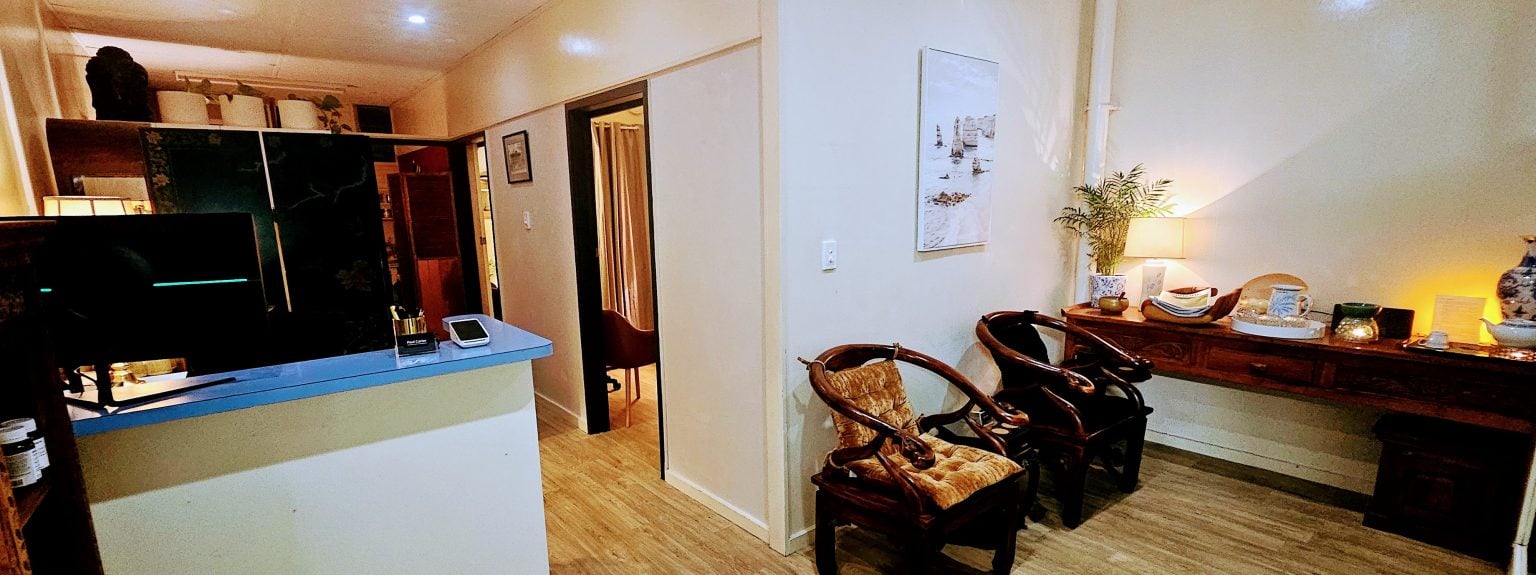In January 2017 a Comparative Literature Review, called the Acupuncture Evidence Project, was published on the evidence for acupuncture. The review found that 117 conditions responded positively to acupuncture treatment.
Acupuncture Hervey Bay
Looking for Acupuncture near you in Hervey Bay on the Fraser Coast? Paul Carter is a registered Acupuncturist and Herbalist based in Scarness. Located directly opposite the beach and surrounded by some of the most beautiful places to eat and drink, Paul Carter’s acupuncture clinic is the perfect place for rest and restoration. Acupuncture Hervey Bay.
Acupuncture Hervey Bay Location
Make a booking through the online booking system or read on to explore everything you need to know about acupuncture in Hervey Bay.
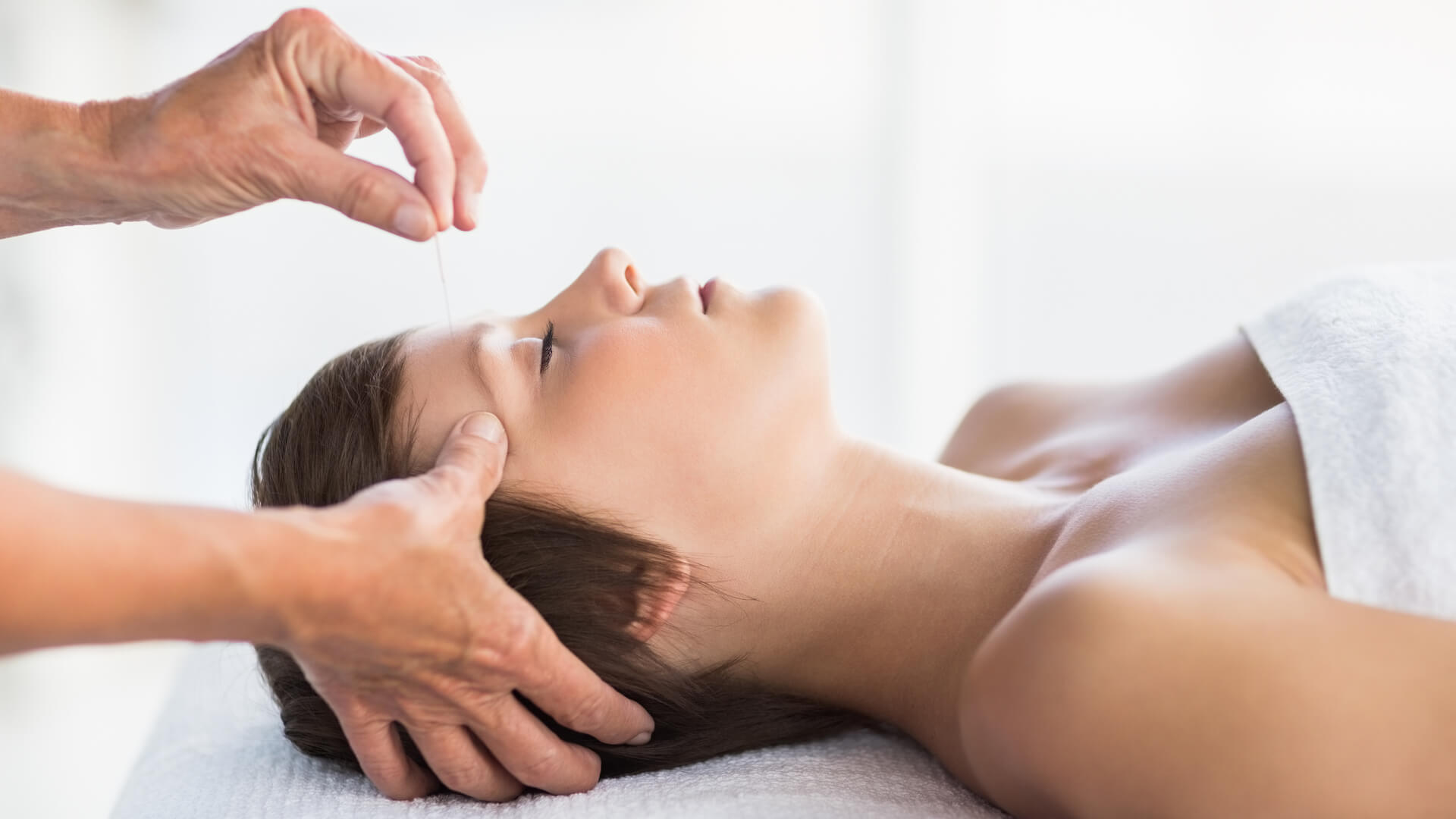
What Is Acupuncture?
Acupuncture is a component of the traditional Chinese health care system. This healthcare practice can be traced back thousands of years. Acupuncture stems down from a general theory based on the premise that patterns of energy flow known as “Qi” exists through the body believed to be essential for good health. The Chinese believe that it is the disruption of this flow that are responsible for diseases. It involves the stimulation of specific points of the body (usually by the insertion of thin needles through the skin).
Acupuncture was rarely used to treat identifiable pathophysiological health conditions in America and in the western world until President Richard M. Nixon visited China in 1972. There has been wide publicity and general acceptance in the use of acupuncture techniques in Europe and Australia.
Acupuncture is beyond the insertion of needles, it is a family of procedures involving the stimulation of different anatomical points in or on the skin by the different array of techniques. Australian acupuncture has developed different ways of approaching the diagnosis and treatment of health conditions by incorporating the traditional acupuncture practices from Japan, China, Korea, Taiwan and other countries alike. The most used and thoroughly studied way for stimulating acupuncture points involves the penetration of the skin by solid, metallic (stainless steel) fine but very thin needles. These needles are often manipulated either by electrical stimulation or manually.
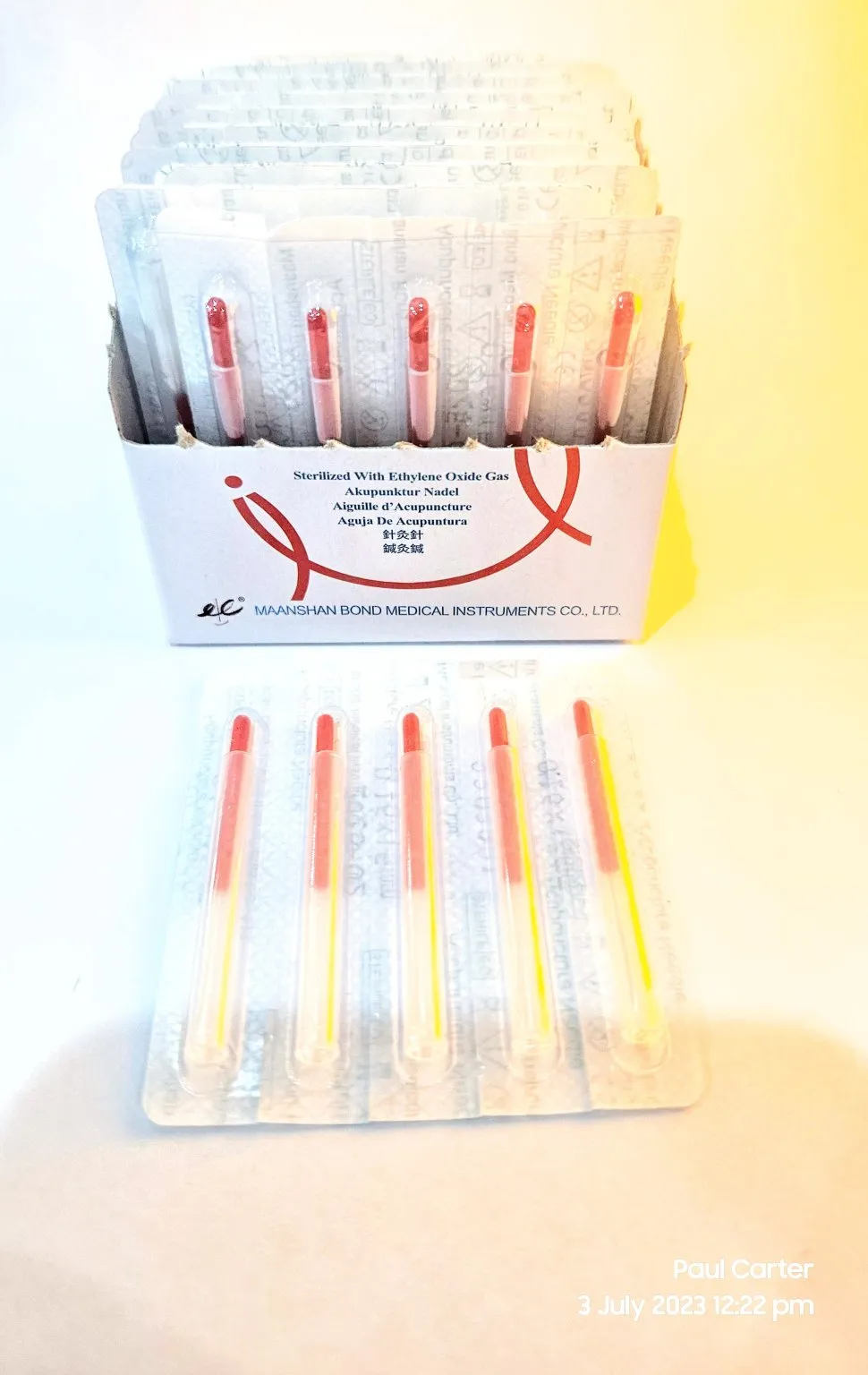
Acupuncture Needles
Moxibustion (moxa)
Electroacupuncture
Massage/pressure also known as acupressure
There are different treatment methods that originated in the far east and their medical systems and acupuncture are just one of them. Others include herbal therapy, specific dietetics, and QiGong (a system of physical exercises).
Chinese traditional medicine and these practices are believed to be a complete and coherent system of medicine including its pathology, disease terminologies, therapeutic and diagnostic methods and the specific human physiology.
Acupuncture has been proven to be effective in the treatment of 117 conditions or diseases under case-controlled clinical trials. Of these conditions, acupuncture has strong evidence for the effectiveness of 8 conditions.
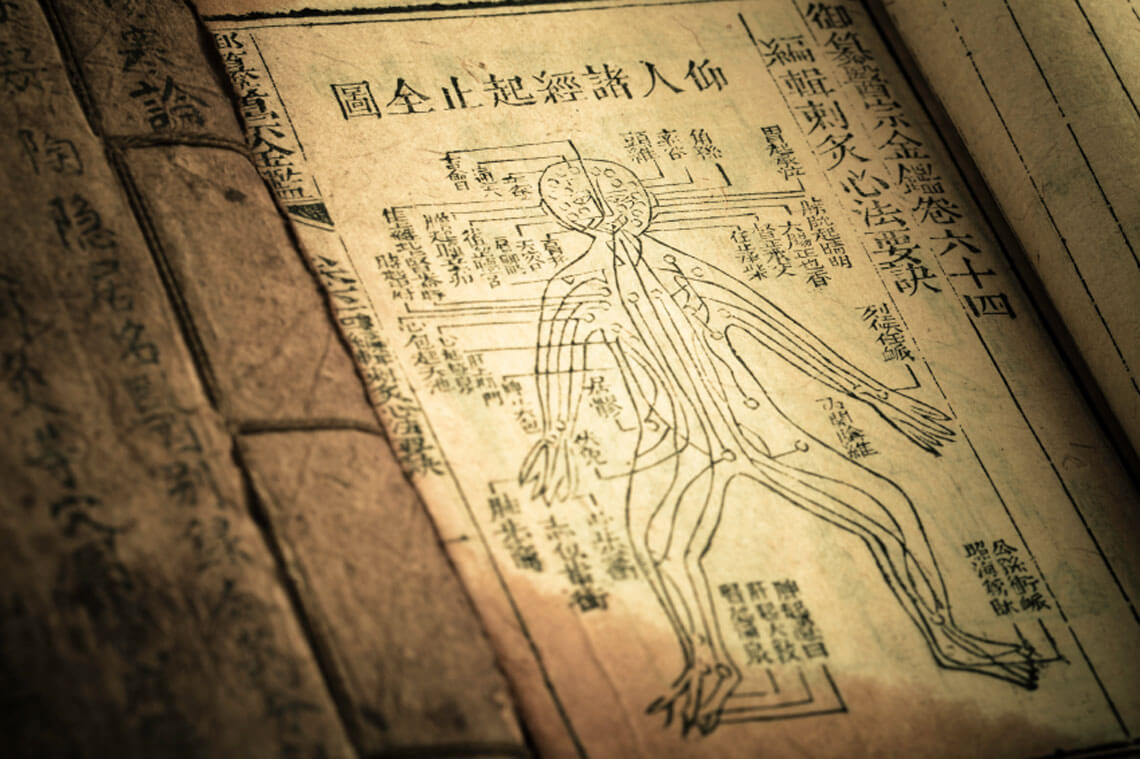
Acupuncture History
Acupuncture is an ancient medical practice that originated in China over 2,000 years ago. Its history is deeply rooted in traditional Chinese medicine (TCM), and it has been one of the key components of this holistic healthcare system for centuries. The origins and development of acupuncture can be traced through various historical periods:
- Early Origins: The exact origins of acupuncture are somewhat unclear, as there are no written records from its earliest times. It is believed that acupuncture may have been practiced as early as the Stone Age, using sharp tools made of stone or bone to puncture and treat various ailments. However, the first written documentation about acupuncture and TCM emerged during the Warring States Period (475-221 BCE) in China.
- Huangdi Neijing (The Yellow Emperor’s Classic of Internal Medicine): The Huangdi Neijing, written around the 2nd century BCE, is one of the foundational texts of traditional Chinese medicine. It discusses the concepts of yin and yang, the five elements, and the flow of vital energy called “Qi” (pronounced “chee”) through the body’s meridians. It also introduces the practice of acupuncture and moxibustion (the burning of mugwort to stimulate acupuncture points).
- Development and Standardization: Acupuncture continued to evolve over the centuries, and by the 7th century CE, it had become more widespread and gained recognition as an established medical practice in China. During the Tang Dynasty (618-907 CE), the famous physician Sun Simiao played a crucial role in promoting acupuncture and documenting its principles and practices.
- Spread to Japan and Korea: Acupuncture spread to Japan and Korea around the 6th century CE, where it was integrated into their traditional medical systems. In Japan, it gave rise to a unique form of acupuncture known as “Japanese acupuncture,” which has some variations from the Chinese style.
.
- Influence on Other Cultures: Through trade and cultural exchanges along the Silk Road, acupuncture knowledge began to spread to other parts of Asia, the Middle East, and eventually Europe. However, it wasn’t widely accepted in Western societies until more recent times.
- Modern Times: In the 20th century, as traditional medicine experienced a revival in China, acupuncture received official recognition from the Chinese government, which helped elevate its status. The establishment of the People’s Republic of China in 1949 led to the integration of traditional Chinese medicine, including acupuncture, into the national healthcare system.
- Global Adoption: Over the past few decades, acupuncture has gained popularity in many parts of the world. It is now practiced in various countries, and its efficacy for certain conditions has been recognized in several medical studies.
Today, acupuncture is often used as a complementary therapy alongside conventional medicine, and it continues to be a subject of ongoing research to understand its mechanisms and potential benefits. However, it’s essential to approach acupuncture with the guidance of a qualified and licensed practitioner to ensure safe and effective treatment
Is Acupuncture effective?
In January 2017 a Comparative Literature Review, called the Acupuncture Evidence Project, was published on the evidence for acupuncture. The review found that 117 conditions responded positively to acupuncture treatment. Of the 117 conditions, 8 were found to have strong evidence of positive effect. These conditions include migraine prophylaxis, headache, chronic low back pain, allergic rhinitis, knee osteoarthritis, chemotherapy-induced nausea and vomiting, post-operative nausea and vomiting and postoperative pain. They categorised the remaining conditions into potential positive and unclear. Thirty-Eight conditions were potential positive and 71 conditions were unclear.
From these findings, we can say that acupuncture is effective for the treatment of certain conditions. As the research continues at the quality it is being produced recently, we are hopeful that we’ll be able to make claims for its ability to treat more conditions.
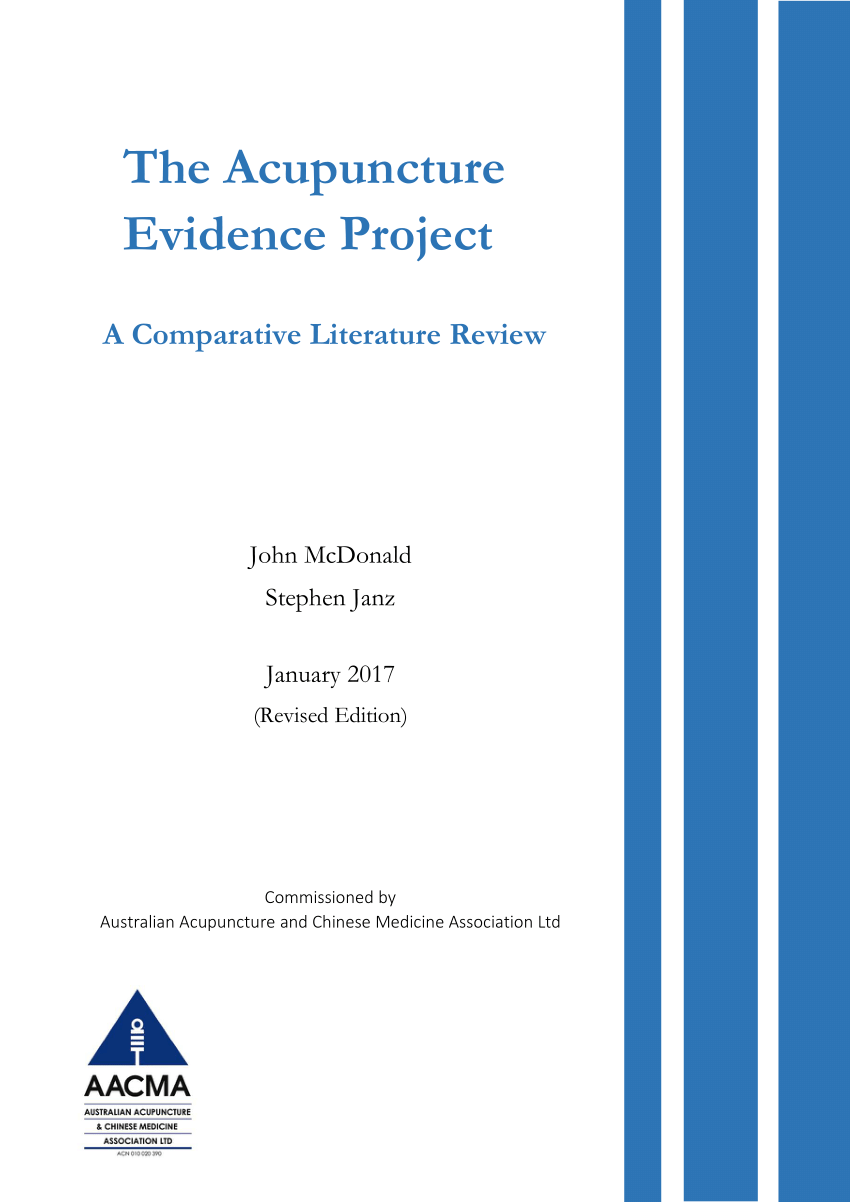
Bear in mind when considering acupuncture, that acupuncture within a Chinese medicine clinic is only one method in an array of methods used to restore health. Other methods used that may enhance the effectiveness of an acupuncture session may include cupping, Chinese herbs, heat treatment and massage. It may also include advice on diet, exercise and relaxation exercises. By incorporating more methods than acupuncture alone has the potential to enhance the overall effectiveness of treatment within a Chinese medicine clinic.
How does acupuncture work?
Acupuncture is able to improve health and the body’s functions and also promote the natural self-healing process of the body. It does this by stimulating certain anatomic sites on the body usually referred to as acupoints or acupuncture points.
While there are so many methods used to stimulate the acupuncture points, the most common one remains the insertion of fine and sterile needles into the skin. Heat, electrical stimulation or pressure may then be used to improve the effects. Heat therapy or moxibustion, cupping, manual massage, and the use of linaments and application of topical herbal medicines are other techniques used for stimulating acupuncture points.
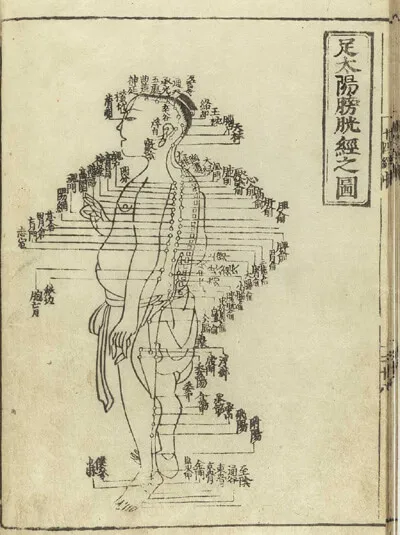
How Acupuncture Works From Chinese Medicine Philosophy
Chinese medicine developed over thousands of years of observation and theories to explain what they observed. Acupuncture and traditional Chinese medicine are based on the ancient philosophy that believes and describes the universe and the human body to be in terms of two opposing forces popularly called the Ying and Yang. The body is healthy when these forces are in balance. Energy known as “qi” flows through certain pathways also known as meridians through the body. It is this constant flow of energy that keeps the two opposing forces (Ying and yang) balanced.
However, the disruption that happens when the flow of energy gets blocked, hindered or disturbed can lead to lack of function, illness or pain. Acupuncture therapy is said to release the “qi” in the body in order to stimulate function hereby evoking the body’s natural healing response using different physiological systems. The effects of acupuncture on the immune and endocrine system as well as the nervous, digestive, and cardiovascular system have been demonstrated through modern research. Acupuncture can be used to improve sleep, sense of well-being and digestive function and also resolve pain by stimulating the different body systems.
How Acupuncture Works On The Human Body. The Scientific Explanation
Since the 1970’s acupuncture has been researched to discover the mechanism that leads to positive results. From this research, a lot of interesting information has been discovered about the effects of acupuncture on the body.
Acupuncture Effects on Local Area
When a needle is inserted into the skin and muscle, the body responds with the increase in blood flow to the region. Along with the increased blood flow comes an array of immune cells such as mast cells and platelets. It also increases histamine, serotonin, substance P, acetylocholine, ?-aminobutyric acid, somatostatin, nitric oxide, adenosine, bradykinin, prostaglandins, cytokines and more. These products have an effect on the nerves and tissue in the area.
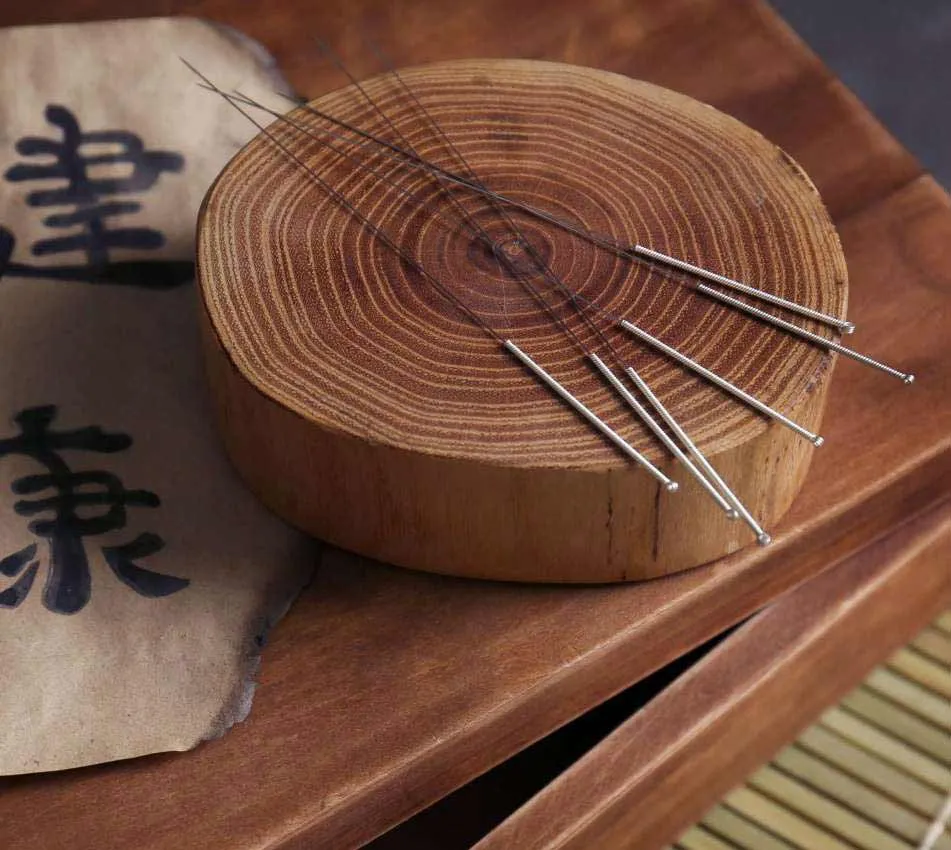
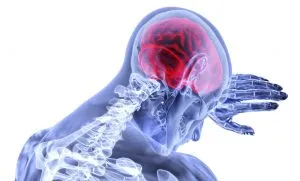
Acupuncture’s Effect on the Brain
Depending on the nerves stimulated, acupuncture can stimulate the dorsum horn of the spinal chord which then stimulates a reflex signal. This can affect the organs that are connected to the corresponding nerve as well as travel the spinal chord to impact the brain. There has been a lot of research around acupuncture’s effect on the brain. One of the most important functions is how it influences the hypothalamus. The stimulation of the hypothalamus regulates nitric oxide synthase. This regulation has been shown to balance the nitric oxide, a molecule that is used in nearly every process in the body. Too much or not enough nitric oxide can negatively impact the body.
Acupuncture’s effect on the midbrain and ventrolateral periaqueductal grey (vlPAG), has been shown to regulate blood pressure. It’s effect on the prefrontal cortex and reducing sympathetic response (fight or flight) has the, in my opinion, one of the most significant effects for people living in modern society. This reduction in stress and increase in parasympathetic response (relaxing) can alleviate pain and put the body into a mode that heals ailments.
Acupuncture’s Effect at a Cellular Level
Although the above information is interesting, it doesn’t really explain the effectiveness of acupuncture on so many conditions. An interesting theory which now has research behind it is acupuncture’s impact on receptors within cells. In the 1970’s Geoffrey Burnstock discovered a set of neurotransmitters called purines. Geoffrey discovered how these neurotransmitters worked and were essential in neurotransmission. This signalling pathway is called purinergic signalling.
In 2009 Geoffrey stated that purinergic signalling is the reason behind acupuncture’s effectiveness. In recent studies where mice were bred without these receptors, it was shown that they didn’t receive the benefits of pain relief from acupuncture compared to the mice with receptors.
Two more studies involving mice as well as humans came out recently which further strengthened this theory. Purinergic signalling may be a big part of the puzzle of how acupuncture works. The fact that pharmaceutical companies are trying to develop ways to control these pathways indicate the researchers may be onto something here.

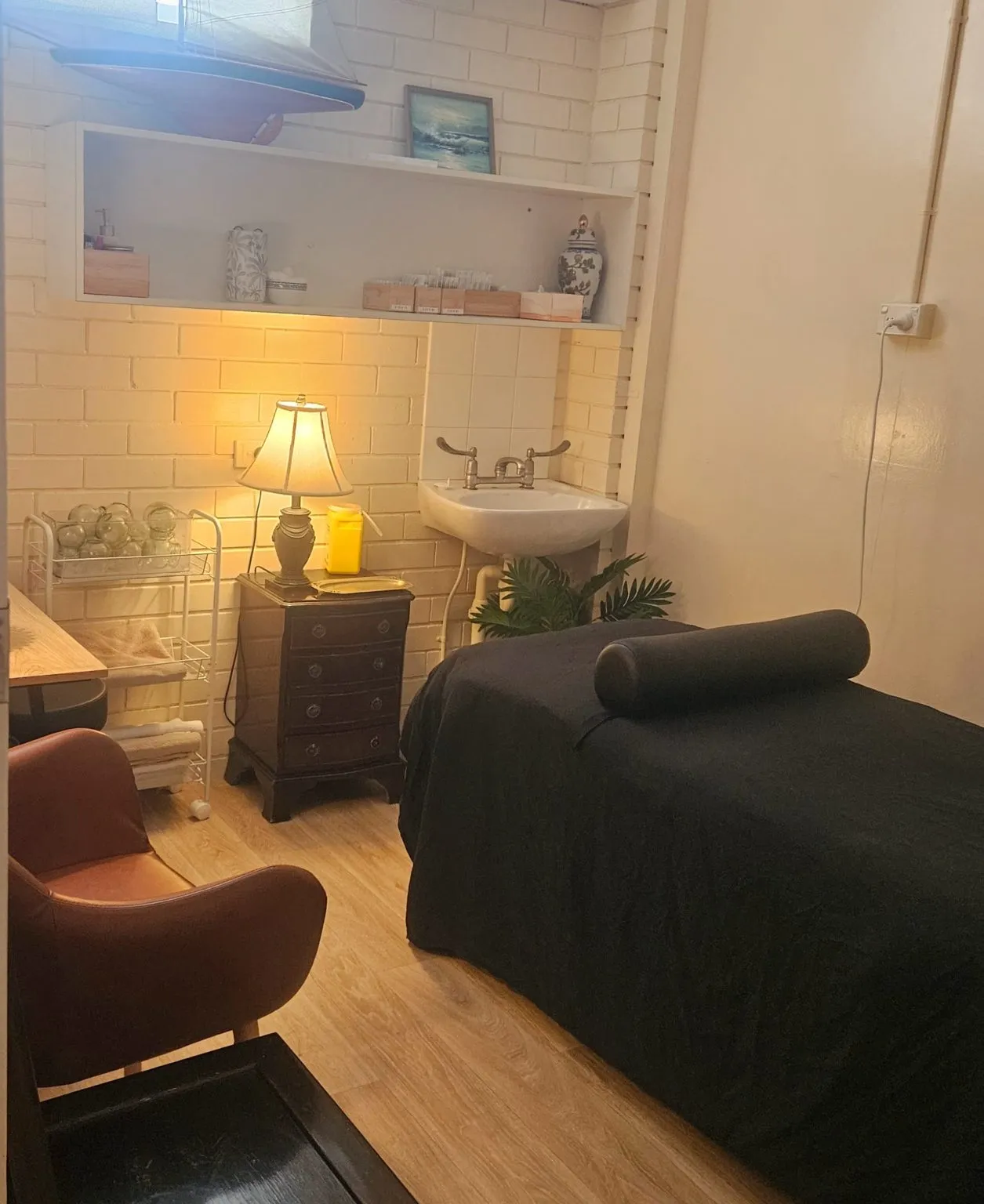
The Explanation of Acupuncture in the Clinic at Hervey Bay
When asked how does acupuncture work in the clinic I’ll often answer with how acupuncture stimulates the brain to release pain-relieving hormones and its ability to increase blood flow. This is often enough explanation if a needle in the hand instantly relieves a headache or low back pain.
Most people want a logical reason to visit an acupuncturist, I know I did. I went in as a skeptic wondering how a little needle into my skin could fix anything. Anyway, it worked immediately for pain and I felt amazing afterwards. This is what led me on the journey to learning Chinese Medicine.
Within the Chinese Medicine system you’ll find a lot of philosophy which the skeptics use to debunk the system as unscientific. However, this philosophy developed as a way to explain and replicate the results the Chinese were getting with acupuncture. This is also the reason acupuncture continues to spread around the world due to its success rate and word of mouth referral.
If you’re wondering about Acupuncture then I suggest that you try it for yourself with a properly trained Chinese Medicine Acupuncturist.
Check Out the Video Below From Melbourne’s RMIT University about How Acupuncture Works

Acupuncture Questions
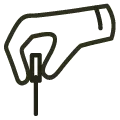 No. Well, not really painful. Acupuncture needles are very fine, so nothing like hypodermic needles used for injections. Often guide tubes are used to desensitise an area and the finest needles may have no sensation at all.
No. Well, not really painful. Acupuncture needles are very fine, so nothing like hypodermic needles used for injections. Often guide tubes are used to desensitise an area and the finest needles may have no sensation at all.
You may feel a minimal sensation when a very fine sterile needle passes through the skin. Some sensations that are totally common during acupuncture (while the needles are in) include feelings of heaviness, heat and pressure, though not to the extent of being uncomfortable. A vast majority of patients fall asleep during their treatments!
If you are scared of needles, still come in because acupuncture is one tool under the Chinese medicine term. By using pressure points, massage, cupping, diet, herbs etc, you may still have a successful result without acupuncture.
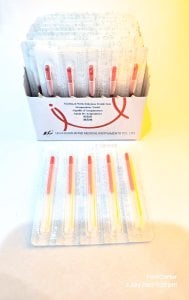 Only sterile single use needles are opened from their packet in the room and used for your acupuncture treatment. The needles are then removed and placed in a yellow sharps container for disposal.
Only sterile single use needles are opened from their packet in the room and used for your acupuncture treatment. The needles are then removed and placed in a yellow sharps container for disposal.
Acupuncture is generally considered as safe. Acupuncture involves some risk such as bruising, nerve sensations and the very rare occurrence of pneumothorax.
These risks are minimised when you see a practitioner that has trained for 4 years in Traditional Chinese Acupuncture. When an acupuncturist with a Bachelor of Chinese medicine treats you, they consider the body region, size of needle, depth and for how long the needle should stay in for the best result.
Most needling occurs on the hands, arms, legs and feet, sterile single use needles and aseptic technique for the safest experience.
Acupuncture involves the use of acupuncture needles locally at tender points called ashi points as well as away from the area of concern. Dry needling targets trigger points which we call ashi points. Is dry needling acupuncture?
Dry needling is a form of acupuncture, however, the experience of acupuncture is often different. Within an acupuncture session, your overall health is looked at. Needles may be inserted at trigger points as well other places. When it comes to pain relief we try and have an immediate effect on relieving pain. Then the needles are left in for the full benefit. This has the side benefit of being able to relax for 30-40 minutes.
Many people fall asleep and comment on an overall feeling of wellness after an acupuncture session. You may also be advised on exercises, stretches, diet, liniments, herbs to further enhance your results.
In January 2017 a Comparative Literature Review, called the Acupuncture Evidence Project, was published on the evidence for acupuncture. The review found that 117 conditions responded positively to acupuncture treatment. Of the 117 conditions, 8 were found to have strong evidence of positive effect. These conditions include migraine prophylaxis, headache, chronic low back pain, allergic rhinitis, knee osteoarthritis, chemotherapy-induced nausea and vomiting, post-operative nausea and vomiting and postoperative pain.
Acupuncture can be performed on most people. Obviously people with acute infections should avoid acupuncture. Acupuncture has protocols to aim to help everyone from young to old.
30 – 40 minutes is normal for acupuncture needles to be retained.
Loose fitting clothing is ideal. The most common areas for acupuncture is the legs, feet, hands and forearms. Having loose clothing that slips up is great, otherwise draping is offered like having massage therapy.
A course of acupuncture for most chronic conditions is 10 sessions. It really depends on each individual though. Most acute issues resolve in five to ten treatments, while more treatments are needed for chronic conditions. Benefits of acupuncture are cumulative. In most cases, patients start to feel a difference after their third treatment; however, in many cases, I’ve seen results after their first treatment. It is very important to follow the treatment plan that is designed for you in order to see results.
In Australia, many Chinese Medicine practitioners will use the term Doctor, as Doctor of Chinese medicine. I will use this term occasionally, however in clinic I just go by Paul.
What to Expect in an Acupuncture Session with Paul Carter
Step 1. Make an online booking. See below.
Step 2. Fill in your forms from our automatic email on your computer or phone.
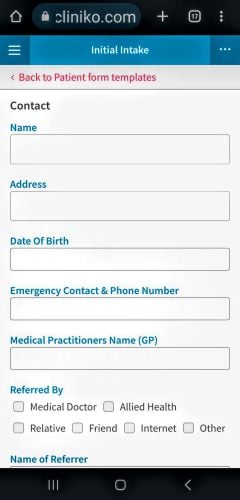
Acupuncture Hervey Bay
Arriving at the Clinic in Scarness, Hervey Bay
Located on the Esplanade across the road from the beach in Scarness. Famous landmarks are:
- across the road from Enzo’s on the Beach Restaurant and Bar
- in the arcade between Thai Diamond Restaurant and The 50’s Diner
- parking is available out the back of arcade. Go down the lane next to Thai Diamond Restaurant for the closest parking.


Walk Through the Clinic and Into the Treatment Room
Take a walk through the acupuncture clinic in Hervey Bay.
Works Cited
Andronis, L. et al., 2017. Cost-Effectiveness of Non-Invasive and Non-Pharmacological Interventions for Low Back Pain: a Systematic Literature Review. [Online]Available at: https://www.ncbi.nlm.nih.gov/pubmed/27550240[Accessed 18 June 2018].
Anon., 2015. Effectiveness of acupuncture for nonspecific chronic low back pain: a systematic review and meta-analysis. [Online]Available at: https://www.ncbi.nlm.nih.gov/pubmed/24026151[Accessed 2018 June 2018].
Charlie Changli Xue, A. L. Z. A. W. Y. C. S. Z. a. D. F. S., 2009. Recent developments of acupuncture in Australia and the way forward. [Online]Available at: https://www.ncbi.nlm.nih.gov/pmc/articles/PMC2684102/[Accessed 21 Feb 2018].
Corbett, M. S. et al., 2013. Acupuncture and other physical treatments for the relief of pain due to osteoarthritis of the knee: network meta-analysis. [Online]Available at: https://www.ncbi.nlm.nih.gov/pmc/articles/PMC3769860/[Accessed 18 June 2018].
Han, J. S., 2004. Acupuncture and endorphins. [Online]Available at: https://www.ncbi.nlm.nih.gov/pubmed/15135942[Accessed 18 June 2018].
John McDonald, S. J., 2017. The Acupuncture Evidence Project : A Comparative Literature Review (Revised). [Online]Available at: https://www.acupuncture.org.au/wp-content/uploads/2017/11/28-NOV-The-Acupuncture-Evidence-Project_Mcdonald-and-Janz_-REISSUED_28_Nov.pdf[Accessed 28 Feb 2018].
Koppelman, M. H., Unknown. So, how does acupuncture work?. [Online]Available at: https://www.etcma.org/news/so-how-does-acupuncture-work-/[Accessed 9 July 2018].
Liu , L. et al., 2015. Acupuncture for low back pain: an overview of systematic reviews. [Online]Available at: https://www.ncbi.nlm.nih.gov/pubmed/25821485[Accessed 18 June 2018].
Manyanga, T. et al., 2013. Pain management with acupuncture in osteoarthritis: a systematic review and meta-analysis. [Online]Available at: https://www.ncbi.nlm.nih.gov/pubmed/25151529[Accessed 18 June 2018].
Taylor, P., Pezzullo, L., Grant, S. J. & Bensoussan, A., 2014. Cost-effectiveness of Acupuncture for Chronic Nonspecific Low Back Pain. [Online]Available at: https://www.ncbi.nlm.nih.gov/pubmed/24138020[Accessed 18 June 2018].
Trinh, K. et al., 2016. Acupuncture for neck disorders. [Online]Available at: https://www.ncbi.nlm.nih.gov/pubmed/27145001[Accessed 18 June 2018].

